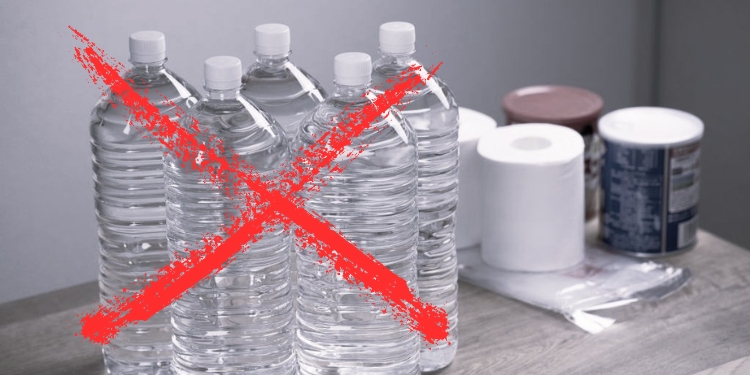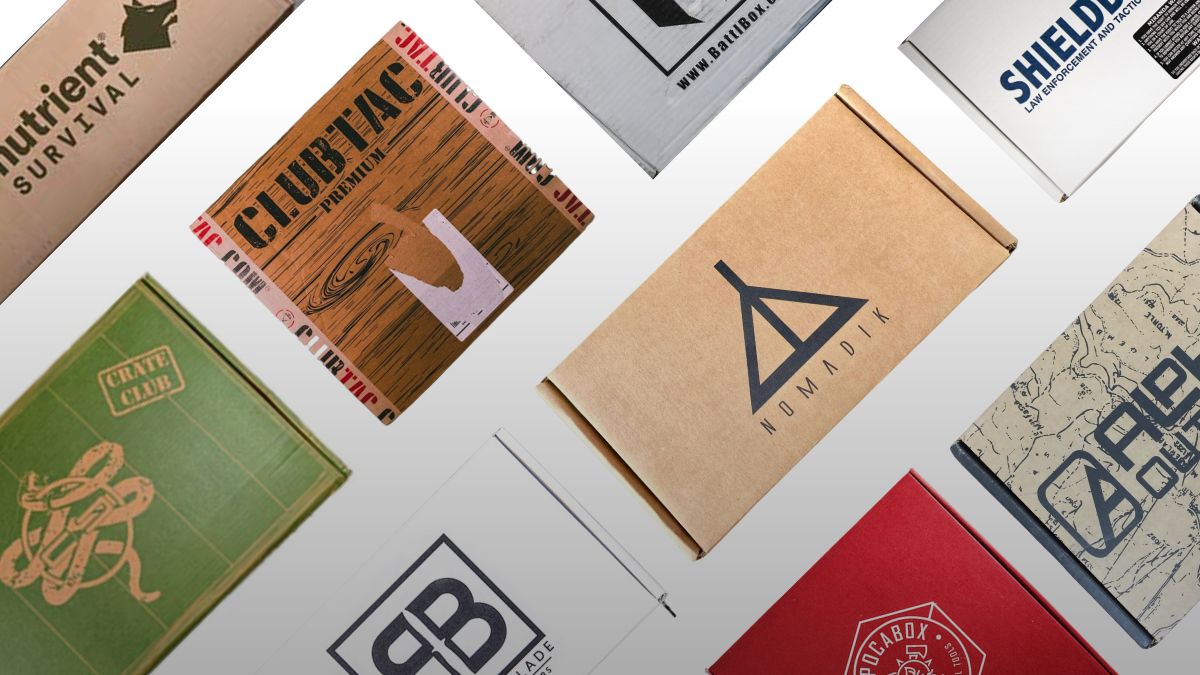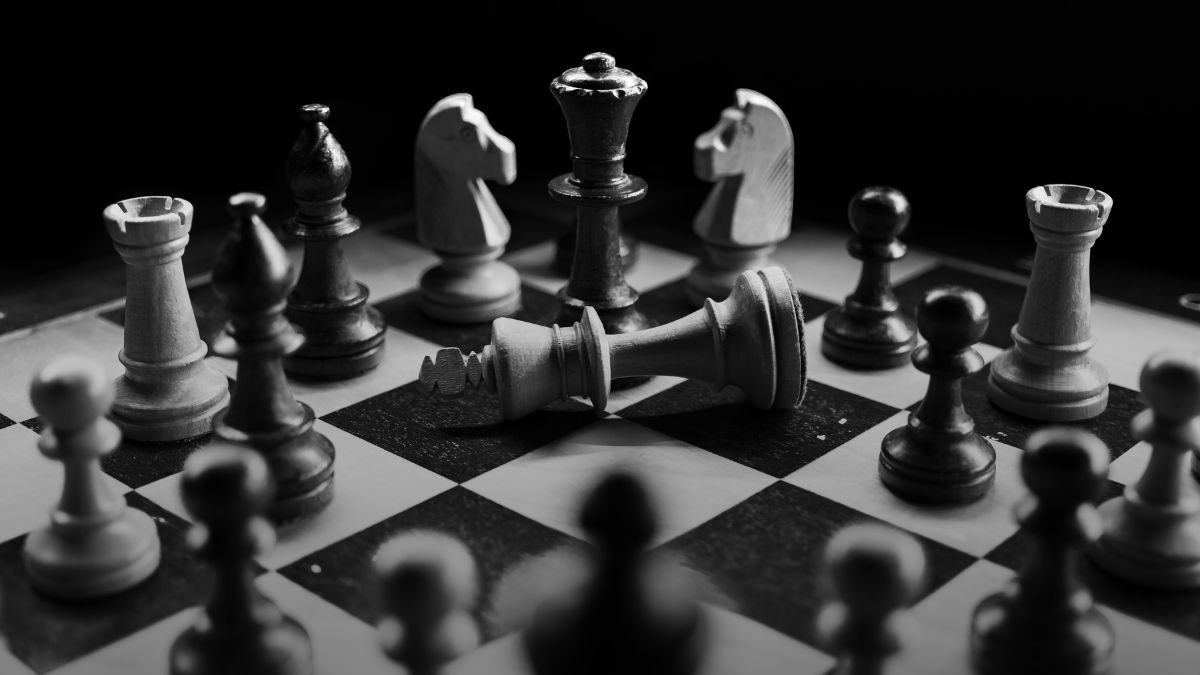Why You Should Stop Stockpiling Water

I know what you’re thinking. “Wait a second, you’re telling me to stop stockpiling water?” That’s right. And before you grab your pitchfork or unsubscribe from every prepping newsletter you’ve ever signed up for, hear me out. I’ve been in this game a long time, and I’ve made my fair share of mistakes. Heck, I used to be the guy with shelves lined with plastic jugs and five-gallon drums stacked three high in the garage. But over the years, I’ve learned a few hard truths about water storage—and why it may not be the prepping strategy you think it is.
Let me tell you why stockpiling water might be the most overrated—and potentially dangerous—habit in the prepping community.
The Problem with Stored Water
Let’s start with the obvious: water is heavy, bulky, and awkward to store. A single gallon weighs about 8.34 pounds. Multiply that by the FEMA recommendation of one gallon per person per day, and you’re looking at hundreds of pounds just to cover your family for a couple of weeks.
Now add in pets, sanitation, cooking, and any unexpected guests, and suddenly your “water stockpile” is barely a drop in the bucket. And that’s assuming your storage containers don’t spring a leak, grow algae, or develop a funky taste that makes even the most hydrated among us gag.
I remember one summer; I went to rotate my water storage—something we all say we’ll do but rarely follow through with—and found out that two of my 55-gallon drums had gone rancid. That’s 110 gallons of useless space-hogging sludge. Not exactly the insurance policy I had in mind.
The False Sense of Security
Stockpiling gives people the illusion of preparedness. But here’s the thing: emergencies are unpredictable and rarely go the way we imagine. It’s easy to feel confident when you’ve got rows of water bottles lined up in the basement, but what happens when the lights stay off longer than expected? Or when you realize that burst pipe in your neighborhood wasn’t just inconvenient—it was the start of a water contamination crisis that could last weeks?
Sure, your water stockpile might get you through a short-term event. But what about a long-term grid-down scenario? A wildfire that scorches the land and poisons nearby streams? A hurricane that floods your entire town and turns every fresh source into a toxic stew? Or worse, a full-blown societal collapse where clean water becomes the most valuable currency?
If your entire water plan hinges on a few jugs in your pantry, you’re setting yourself up for failure. You’ll be the guy who was “ready” until day six, when everything ran out and the local creek—filled with runoff and god-knows-what—became your only option. You’re on your knees, trying to remember the instructions on that dollar store life straw you bought two years ago, hoping you can sip without getting sick. And you’ll be kicking yourself for not thinking bigger, for not planning beyond the bottle.
The Better Solution: Water Self-Reliance
So, if I’m not stockpiling water, what am I doing? I’m preparing to source and purify water—anywhere, anytime.
Here’s the deal: water is everywhere. Rain, rivers, lakes, even the humidity in the air. Your job as a prepper isn’t to hoard it, it’s to know how to find it, clean it, and make it safe to drink. That’s true water security.
I’ve invested in:
- A high-quality gravity-fed filtration system (Berkey, Alexapure—you name it)
- Portable water filters and purification tablets
- A rainwater catchment system with first-flush diverters
- DIY knowledge on solar stills, sand filters, and boiling methods
These tools and techniques give me the confidence that I can always get clean water—no matter where I am or what’s going on. That’s what being a true prepper is all about: adaptability and resilience.
But this can quickly become expensive. So, what about a solution for less? There are actually many.
 A personal favorite of mine is actually recommended by fellow Ask A Prepper author and survivalist Michael Major. In His No Grid Survival Projects book, he presents a very simple and highly-effective pressurised rainwater harvesting and purification system. And this is not good for you, there is also a 3 Bucket Water Filter project that teaches you how to build a water filter in 30 minutes with just 3 empty buckets (pictured).
A personal favorite of mine is actually recommended by fellow Ask A Prepper author and survivalist Michael Major. In His No Grid Survival Projects book, he presents a very simple and highly-effective pressurised rainwater harvesting and purification system. And this is not good for you, there is also a 3 Bucket Water Filter project that teaches you how to build a water filter in 30 minutes with just 3 empty buckets (pictured).
There is even a project that allows you to make water out of thin air. Picture the scenario in which you did all 3 projects mentioned. You can get water when it rains, from the air around you, and you can filter it so it is safe for drinking. This is what self-reliance means.
See the list of survival systems plans in the No Grid Survival Projects book here!
Think Mobile
Let’s talk bug-out scenarios. Nobody really wants to leave their homes. But…sometimes there is NOTHING we can do about it.
If you ever have to leave home fast, are you really lugging 30 gallons of water in your bug-out vehicle? Of course not. You’ll need space for food, gear, weapons, fuel, and your family. Water’s just not going to make the cut.
Instead, I’ve got a compact filtration kit in every go-bag, vehicle, and camping setup I own. If I find a stream, I’ve got water. If it rains, I’ve got water. If I can scavenge from a pond, mud puddle, or even a toilet tank, I’ve got water. And it won’t weigh down my escape plan. And you can find some of these even at your local hardware store. Once again, you have to be prepared for every scenario, including the forced bug-out.
Storage Still Has Its Place
Now don’t get me wrong—I’m not saying to toss every jug you’ve got into the trash. Short-term storage is smart. Having 3-5 days of clean water per person on hand can be a lifesaver during local disasters or boil-water advisories. But stop acting like a few blue barrels in the garage make you invincible.
Instead of stacking jugs to the ceiling, start thinking like a homesteader. Learn how to:
- Collect and filter rainwater
- Identify local water sources on a map
- Test water for contamination
- Purify water using charcoal (learn how to make your own here), boiling, UV light, or chemical methods
If you know how to make water safe, you’re ten steps ahead of the guy with a hundred gallons of tap water slowly turning to slime in his basement.
Final Thoughts: Get Smarter, Not Heavier
Prepping isn’t about collecting—it’s about planning. And the plan that works today might not work tomorrow. Don’t let your water strategy become your blind spot.
Stop hoarding. Start learning. Turn your focus from stockpiling to sourcing, from fear to skill, from dependency to independence.
Read books like The Lost Superfoods and The Self-Sufficient Backyard. Knowledge is your biggest weapon, no matter what happens.
Because when the day comes—and it will come—you won’t be the guy with a mountain of stale water and no way to get more.
You’ll be the one who knows what to do next.
Stay sharp out there.
You may also like:
 Is Harvesting Rain Water Illegal in Your State?
Is Harvesting Rain Water Illegal in Your State?
How to Test Your Water to See if It’s Still Safe to Drink (Video)
Similar to Morphine: The Best Natural Painkiller that Grows in Your Backyard (Wild Lettuce)
How Much Water You Should Store for Your Family
Read the full article here







